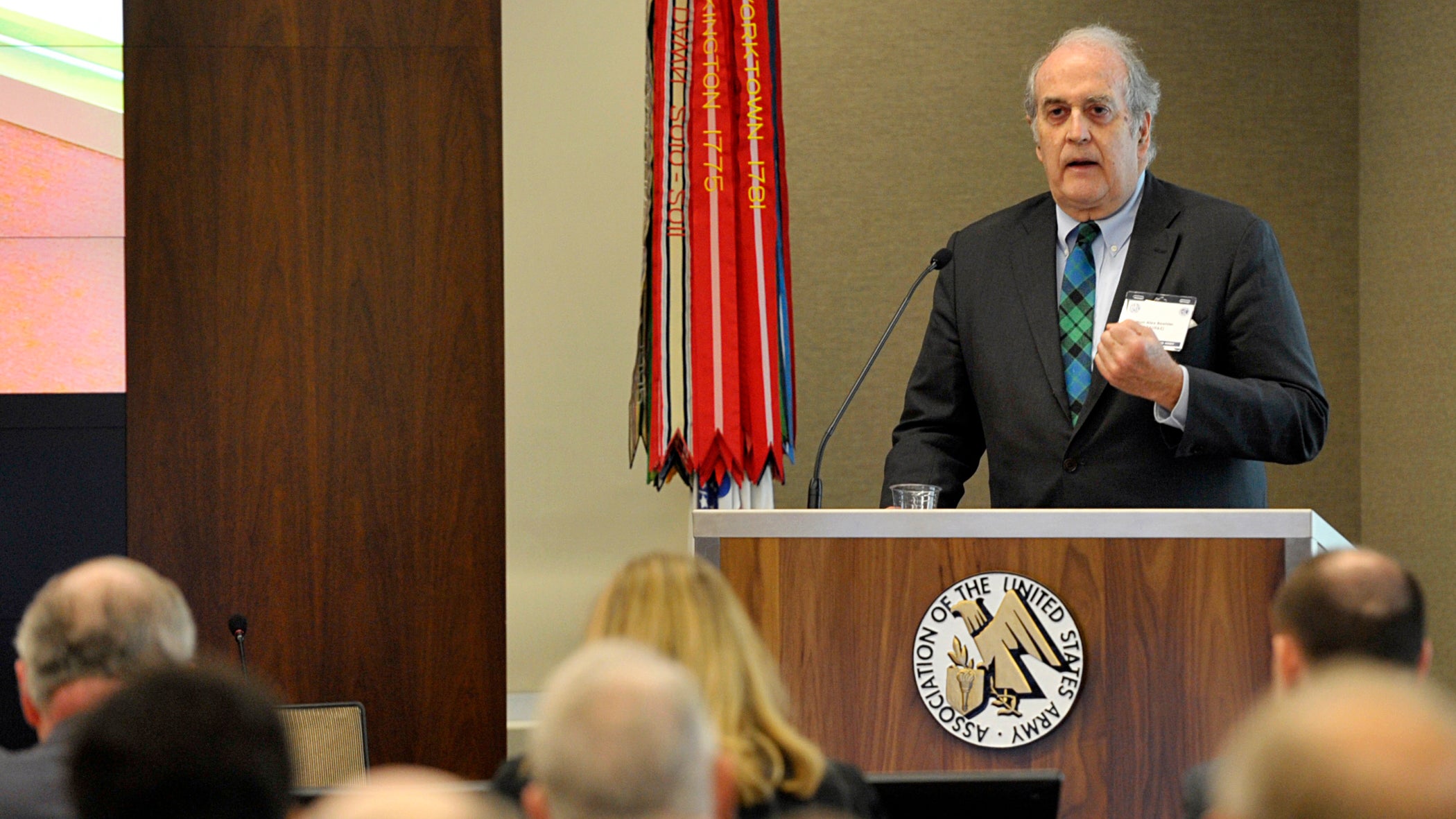Army Installations Face New Threats, Challenges
Army Installations Face New Threats, Challenges

Army installations, once isolated and self-reliant outposts of the pre-World War II nation, are now part of the highly contested national security battlespace that need to be modernized and hardened, said Alex A. Beehler, assistant Army secretary for installations, energy and environment.
“Installation operations are more crucial today than ever before to protect our nation and our way of life,” Beehler said.
Beehler opened a one-day Hot Topic forum on installation management, sponsored by the Association of the U.S. Army’s Institute of Land Warfare, describing threats to posts and facilities as a modern-day version of trying to weaken an enemy from within. “The threat is changing,” Beehler said. “The homeland is no longer a sanctuary.”
“What we are facing is the potential at any time by adversaries at a remote or undisclosed location being able to attack the capabilities of not only our installations from an infrastructure standpoint, but also to attack the daily lives of our soldiers and our families,” he said. “There are a lot of different challenges.”
“Installations are the key to building readiness and of protecting power. Any attack on installations is going to be compromise those two aspects,” he said.
The Army is working on plans to face those risks, hardening installations and making them more self-sufficient in terms of utilities, and improving security for information networks and other infrastructure, Beehler said.
A significant first step was testing how four installations could cope with being unplugged from the power grid, something done at Fort Bragg, North Carolina, Fort Greely, Alaska, Fort Knox, Kentucky, and Fort Stewart, Georgia. “We are learning a lot from these experiences.”

